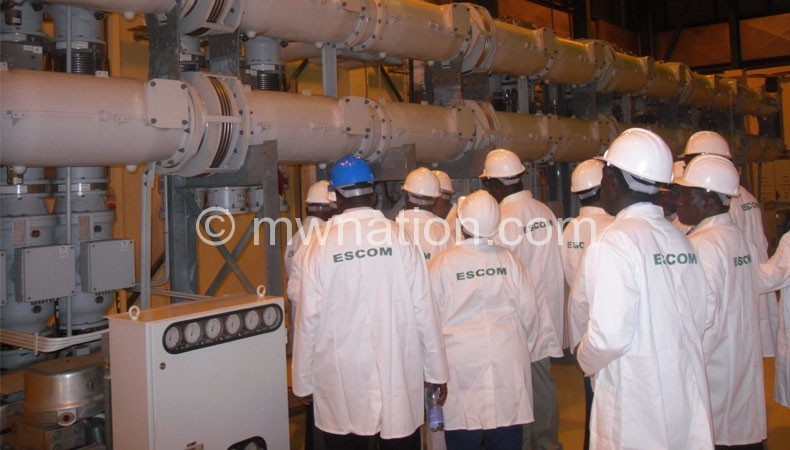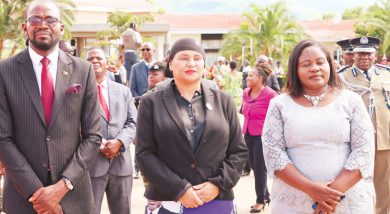Escom compelled to improve efficiency
Escom has committed to increase the number of customers using prepaid meters, push up electricity access to 13 percent and reduce system losses and faults per 100 customers to 20 in the next four years.
The parastatal has also pledged to reduce the average debt collection period to 30 days from the current 60 days and maintain the net surplus or revenue at 20 percent.

This is according to Key Performance Indicators (KPIs) by Malawi Energy Regulatory Authority (Mera) which Escom has committed to implement as part of a four-year second phase base tariff increase from 2014 to 2017.
The Electricity Supply Corporation of Malawi (Escom) is poised to increase customers using prepaid meters to 480 000 by 2017 from the present 210 000, increase electricity penetration to 13 percent from the current 10.2 percent and maintain the average distribution duration of outage or interruptions (hours) at 25.8.
The increase in the number of prepaid meter users, according to KPIs, is based on the assumption of a yearly growth of 90 000 customers.
Escom has also pledged to maintain new connections at 45 000, assuming that staff will reduce by five percent in the first year due to subcontracting and automation while generation availability and energy generated per employee (MWh) has been maintained at 90 percent and 600 respectively, according to the KPIs.
Mera has explained that the generation availability will be at that level to “allow for plant maintenance at least four weeks [28 days] per year and the works at Nkula”.
The energy regulator has said energy regulated per employee will be achieved by way of generated figures from load forecast data for year one and with staff reducing by five percent due to subcontracting and automation.
In April, Mera gave Escom a go-ahead to raise its tariff by 37.28 percent for a four year period from 2014 to 2017 to improve Escom’s financial position to enhance capacity and capability for better service delivery for its existing customers and increasing access to electricity services to a larger section of the population.
The tariff was spread over the years with the first increase of 13.5 percent implemented April 4 2014, a further 18.18 percent will be effected in 2015; 8.9 percent in 2016; and 1.9 percent in 2017, the last year of implementation of the second phase tariff.
This means that the tariff has changed to K43.24 per kilowatt per hour (kwh) from K31.54 kwh.
Mera chief executive officer Raphael Kamoto said the authority will closely monitor Escom’s performance based on agreed KPIs.
At the end of each quarter, he said Escom shall be required to submit and present a copy of the management account detailing how the company has performed in the previous quarter, highlighting the challenges, opportunities, successes and failures.
“Monthly and quarterly updates on the progress on the KPIs as specified in the monitoring framework, providing details and reasons for over and under achievements on set targets. At the end of each quarter, Mera shall review the reports and draw the necessary conclusions based on the assessment of Escom’s performance and take appropriate action,” said Kamoto.
He said Mera will regularly be informing and updating the public at large in terms of how Escom is performing on the basis of the agreed performance targets.
When the tariff raise was approved in April, the Consumers Association of Malawi (Cama) executive director John Kapito welcomed the hike, saying it was in line with their proposal during consultation meetings to implement the raise in phases.
He, however, urged consumers to understand the KPIs so that they are able to hold Escom accountable throughout the four-year period.





